Chance of Sycamore Gap tree in your city: saplings given as gifts to mark the anniversary of illegal logging
When the iconic Sycamore Gap tree was illegally cut down a year ago, there was an outpouring of public anger.
Now towns across Britain have the chance to have their own Sycamore offspring.
To mark its anniversary, the National Trust has announced that communities will have the opportunity to apply for one of the tree’s saplings.
Collectively known as the ‘Trees of Hope’, these young trees were grown from seeds collected shortly after the original Sycamore was cut down.
There are 49 saplings in total – one for each foot of the tree’s height at the time it was cut down.
The Sycamore Gap tree on Hadrian’s Wall (pictured) was illegally felled last year, causing widespread anger
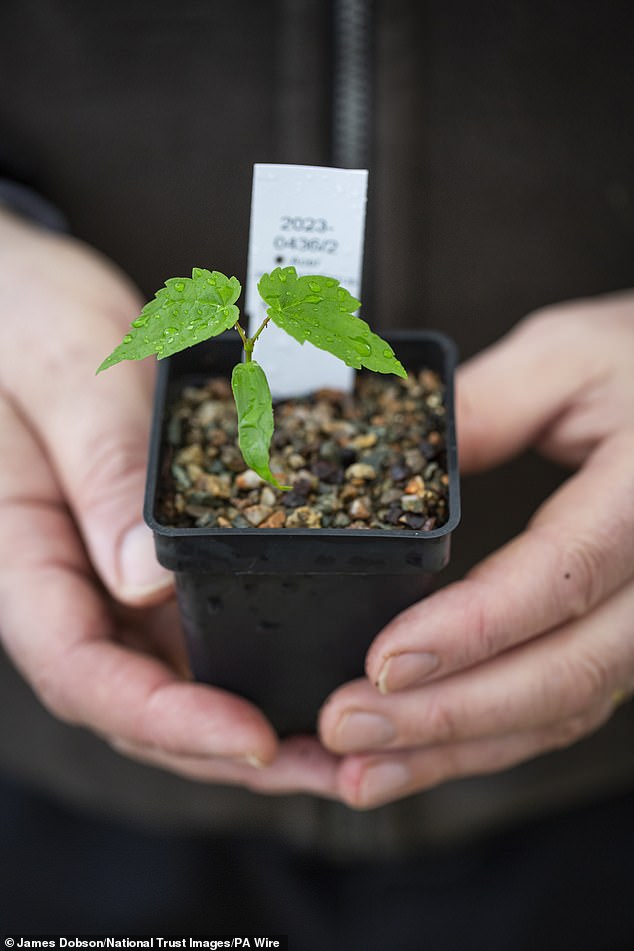
The National Trust has announced that communities will have the opportunity to apply for one of the tree’s saplings (pictured)
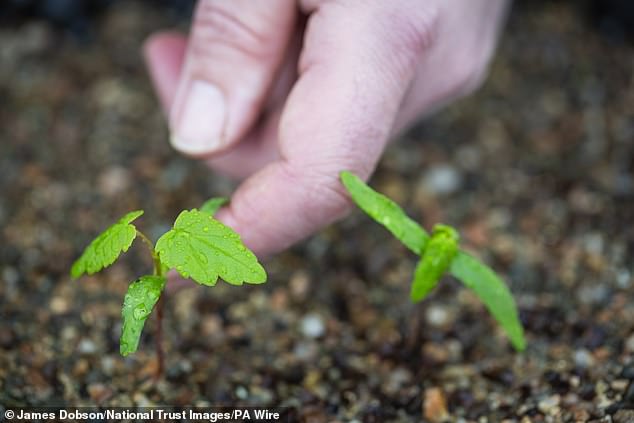
Seeds and buds rescued from the Sycamore Gap (pictured) come ‘to life’ at a specialist conservation center
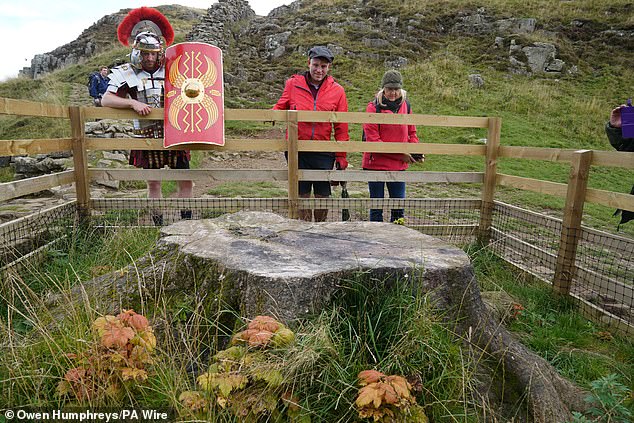
People gather around the stump of the Sycamore Gap tree in Northumberland National Park
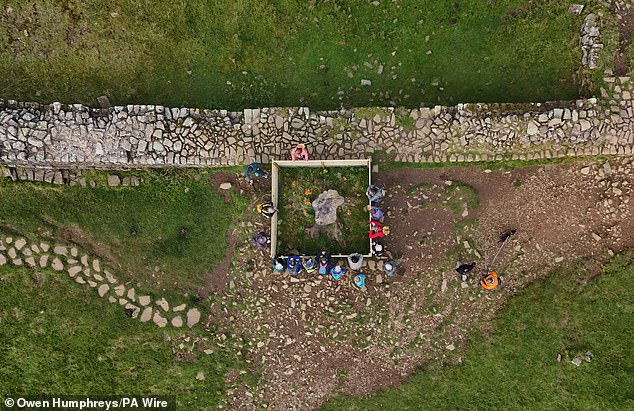
The much photographed and visited plane tree was felled at night between September 27 and 28, 2023

People from across the UK are invited to request a tree to be planted in a publicly accessible space. Registrations open today
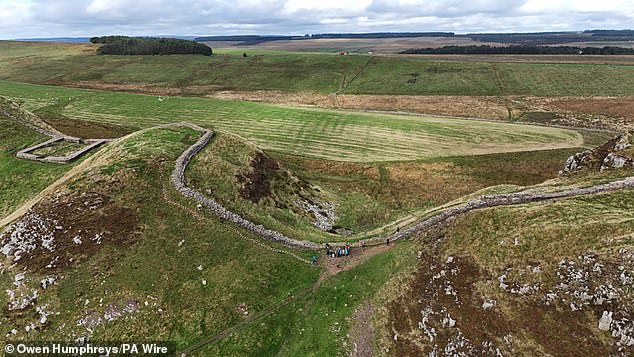
The Northumberland National Park Authority today unveils the first phase of the Sycamore Gap exhibition
They are currently about 6 feet tall and, as they are still too young to be planted, will be cared for by the National Trust until they are strong enough to be put in the ground – most likely next year in late autumn or winter.
People from across the UK are invited to request a tree to be planted in a publicly accessible space. Registrations open today.
The Sycamore Gap tree, which has long towered over Hadrian’s Wall in Northumberland National Park, was illegally felled on the night of September 27, 2023.
Two men in their 30s have been charged with damaging the tree and their trial is scheduled for December this year at Newcastle Crown Court.
To further continue the tree’s legacy, the Northumberland National Park Authority will today unveil the first phase of the Sycamore Gap exhibition, which will see the installation of most of the wood from the original tree.
Andrew Poad, chief executive of the National Trust’s Hadrian Wall properties, said: ‘The last twelve months have been a real rollercoaster of emotions, from the hopelessness and sadness we felt when we discovered the tree had been illegally felled, to experiencing the stories told us what the tree meant to so many.
‘One of the first actions that served us so well was to collect some of the seeds from the tree.
‘These were immediately sent to the Trust’s Plant Conservation Center in Devon, where the team worked tirelessly to successfully propagate more than 100 seedlings and graft nine more saplings – ensuring we have the trees’ descendants for the future.
‘By announcing our ‘Trees of Hope’ initiative today, we aim to find new homes in community settings across the UK, giving people the opportunity to engage with the Sycamore Gap Tree and its legacy, so that more people everywhere can feel part of this story and the tree’s beautiful legacy.’
The Sycamore Gap tree was planted about 130 years ago by landowner John Clayton, who was considered a visionary for planting it as a landscape feature, knowing he would not see it in his lifetime.
The tree became even more famous after it was featured in the 1991 Kevin Costner film, Robin Hood: Prince of Thieves.
